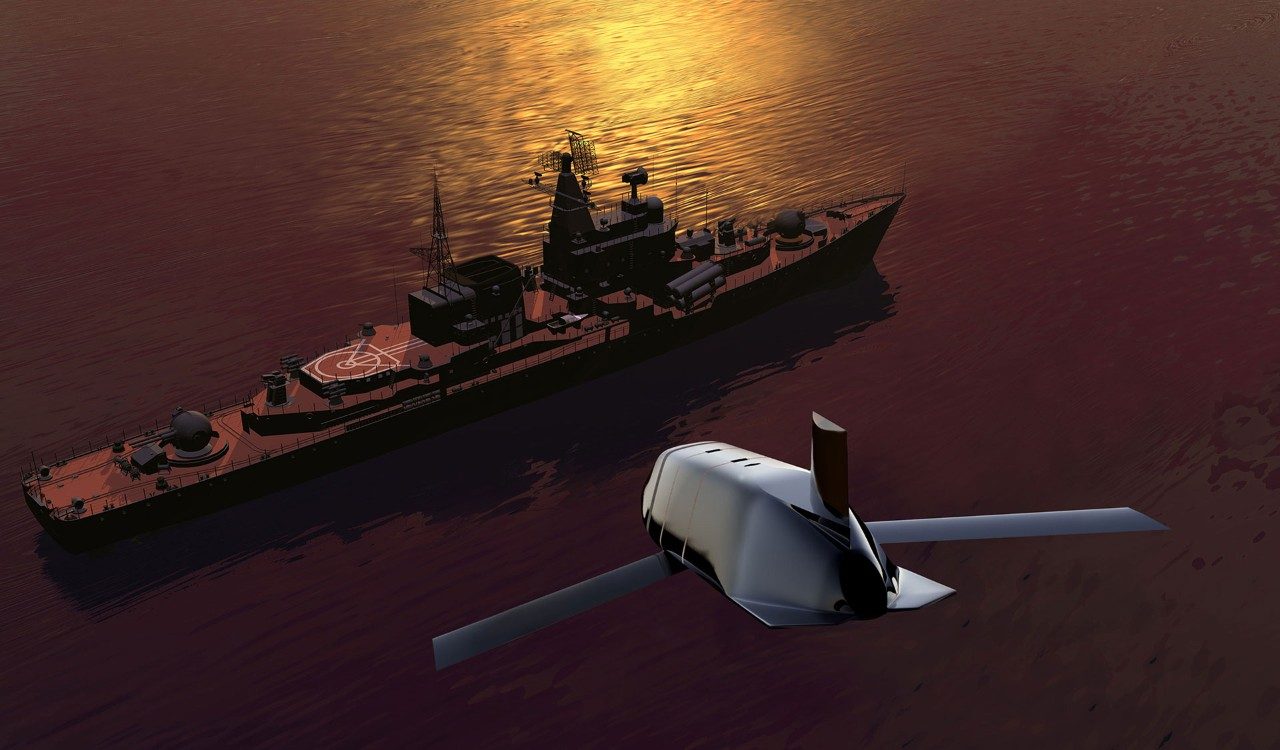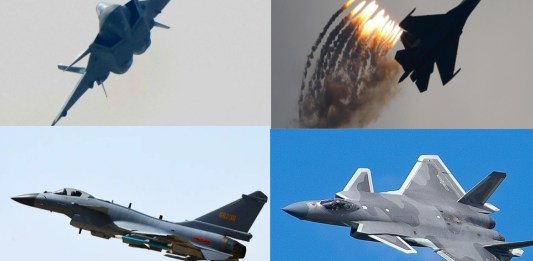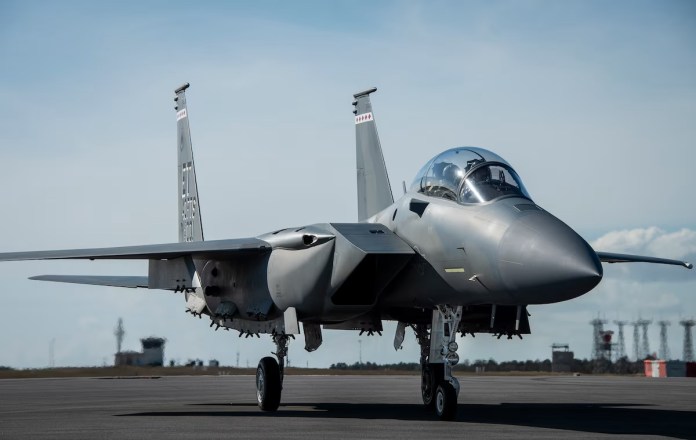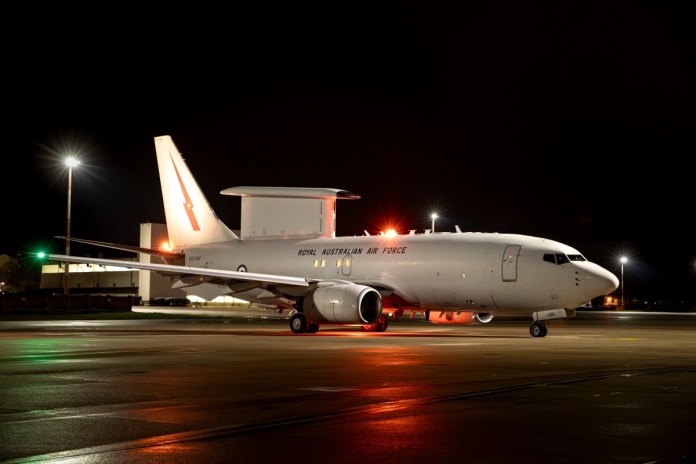An Apache helicopter belonging to the Indian Air Force (IAF) made an emergency landing in Ladakh, sustaining damage due to the rugged terrain and high altitude. The incident, which occurred on Wednesday, resulted in both pilots escaping unharmed. A Court of Inquiry has been initiated to determine the cause of the incident, as stated by the IAF.
This occurrence follows a series of crashes involving Apache helicopters, raising concerns about their safety. In the US Army, four crashes within two months prompted investigations and safety reviews. The most recent incident on March 27 near Fort Carson, Colo., led to minor injuries to the pilots, prompting grounding of aviation assets at the base.
Similarly, a crash on March 25 at Joint Base Lewis-McChord, Wash., resulted in injuries to the pilots, with investigations underway. The string of accidents includes tragedies like the crash of a Mississippi National Guard Apache on February 23, claiming both pilots' lives.
With over 700 Apaches in service across active-duty units and the Army National Guard, safety remains a top priority. As investigations continue, ensuring the safety and readiness of these aircraft is crucial, given the Apache's longstanding role in military operations since its introduction in 1984.



